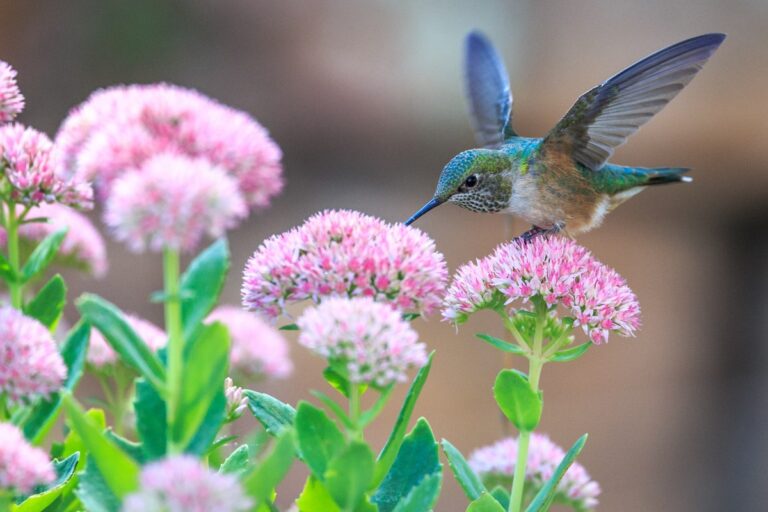Birds have always played a crucial role in the ecosystem surrounding us, adding a sense of wonder and beauty as they soar through the air or perch on tree branches. But when they do so in large numbers, birds can become an annoyance and even a health risk when they enter our homes, places of business, and public areas.
This bird proofing strategy, which keeps birds away from undesirable areas, has many environmental benefits beyond merely addressing a pest issue. This blog post will examine how birdproofing can support ecological sustainability and conservation.
Table of Contents
Reduced Health Risks
Bird proofing offers numerous environmental advantages, with health risks reduced due to bird infestation being one of the primary ones. Pigeons and sparrows in particular carry diseases and parasites which may spread via feathers and droppings to humans.
Birdproofing helps limit the spread of diseases like histoplasmosis and cryptococcosis by discouraging birds from nesting or roosting on buildings or other structures – this provides both humans and other forms of wildlife a greater benefit from bird control measures.
Preservation of Historical Buildings
Bird nesting and poop activities threaten numerous historical structures and monuments. Traditional bird control techniques, such as using lethal methods, can compromise the structural integrity of these buildings.
On the other hand, bird proofing offers a non-lethal and eco-friendly solution to safeguard these priceless cultural landmarks. We maintain a connection to our past and lessen the environmental impact of restoration and repair work by preserving historic structures.
Minimized Use of Chemicals
Chemical pesticides were frequently used in the past to control bird populations, endangering non-target species as well as the environment. Methods for bird proofing that do not use toxic substances include netting, spikes, and deterrent gels.
This eco-friendly strategy minimizes damage to beneficial insects, plants, and animals that pesticides may harm while reducing chemical pollution.
Biodiversity Conservation
Birds perform a crucial role in the preservation of biodiversity through their influence on regulating insect populations, facilitating seed dispersal, and serving as prey for larger predators. The delicate equilibrium of nearby ecosystems can be disrupted when invasive bird species dominate a particular area. By implementing effective bird proofing measures, we can foster a more diverse array of wildlife, while simultaneously safeguarding native bird species. This proactive approach not only promotes ecological stability but also enhances the overall health of neighborhood ecosystems by reducing the proliferation of invasive birds.
Sustainable Agriculture
Birds can seriously harm crops by consuming seeds, fruits, and vegetables. Farmers frequently turn to harmful pesticides to keep avian pests out of their crops.
By keeping birds away from agricultural areas without harming them, bird proofing provides a sustainable alternative to chemical treatments. This strategy promotes organic farming methods and lessens the adverse effects of conventional agriculture on the environment.
Air Quality Improvement
Urban areas with large bird populations often suffer from poor air quality due to bird droppings deposited by these flying creatures, often consisting of ammonia or volatile organic compounds which contribute to air pollution as well as damage to infrastructure like buildings.
By lowering the number of birds in urban areas, bird proofing helps to mitigate this issue and ultimately improves air quality.
Energy Efficiency
Bird roosts and nests can obstruct ventilation systems and harm electrical equipment, resulting in higher energy costs and upkeep. These problems are avoided by bird proofing techniques like bird netting and spike installations, which also improve building energy efficiency and lessen the overall carbon footprint of energy production.
Noise Reduction
Crows and seagulls are two bird species that can produce a lot of noise pollution, especially in cities. By preventing these birds from congregating in loud groups, bird proofing creates peaceful and quieter urban environments. As a result of less noise pollution, wildlife and humans benefit, and other species can coexist peacefully.
Conclusion
Bird proofing is a sustainable and environmentally friendly practice that not only effectively addresses bird-related annoyances. Bird proofing helps create a healthier and more ecologically conscious world by lowering health risks, preserving historical structures, using fewer chemicals, promoting biodiversity conservation, supporting sustainable agriculture, improving air quality, increasing energy efficiency, and reducing noise pollution. As we continue to grapple with environmental challenges, it’s essential to explore and adopt practices that benefit both human and natural ecosystems, and bird proofing is undoubtedly one of them.

